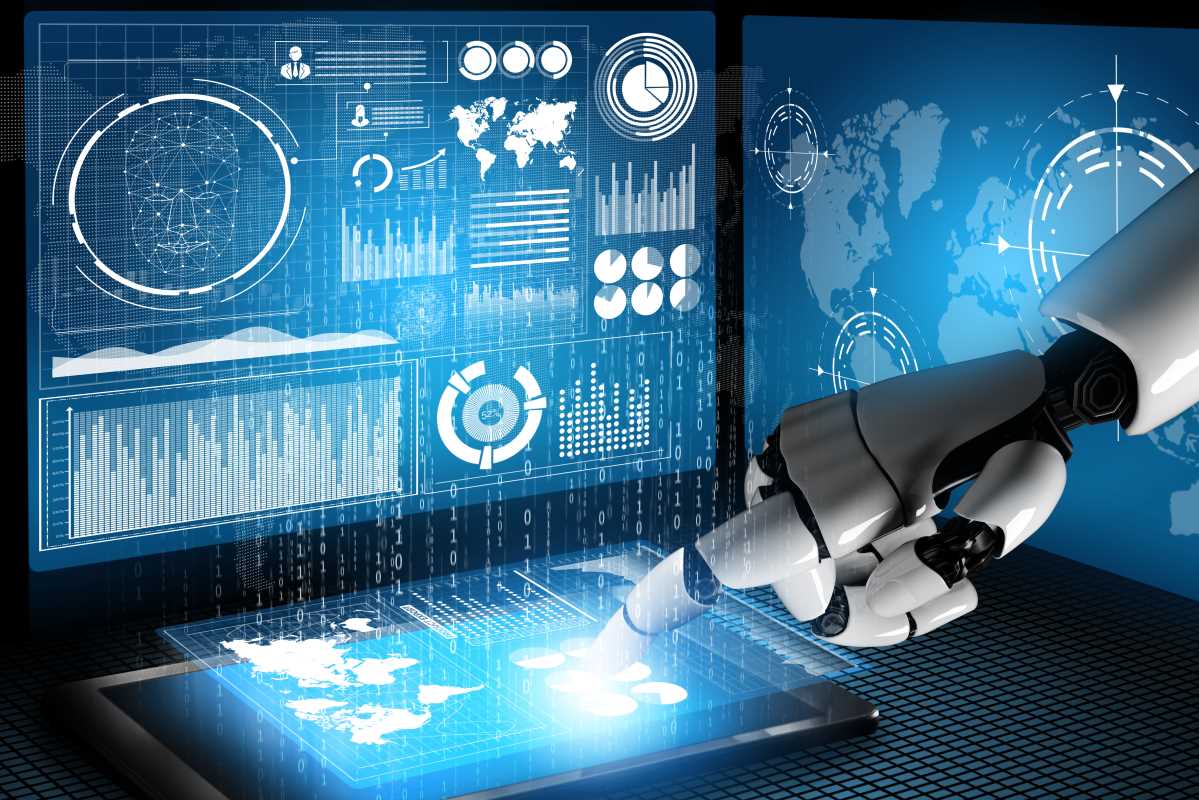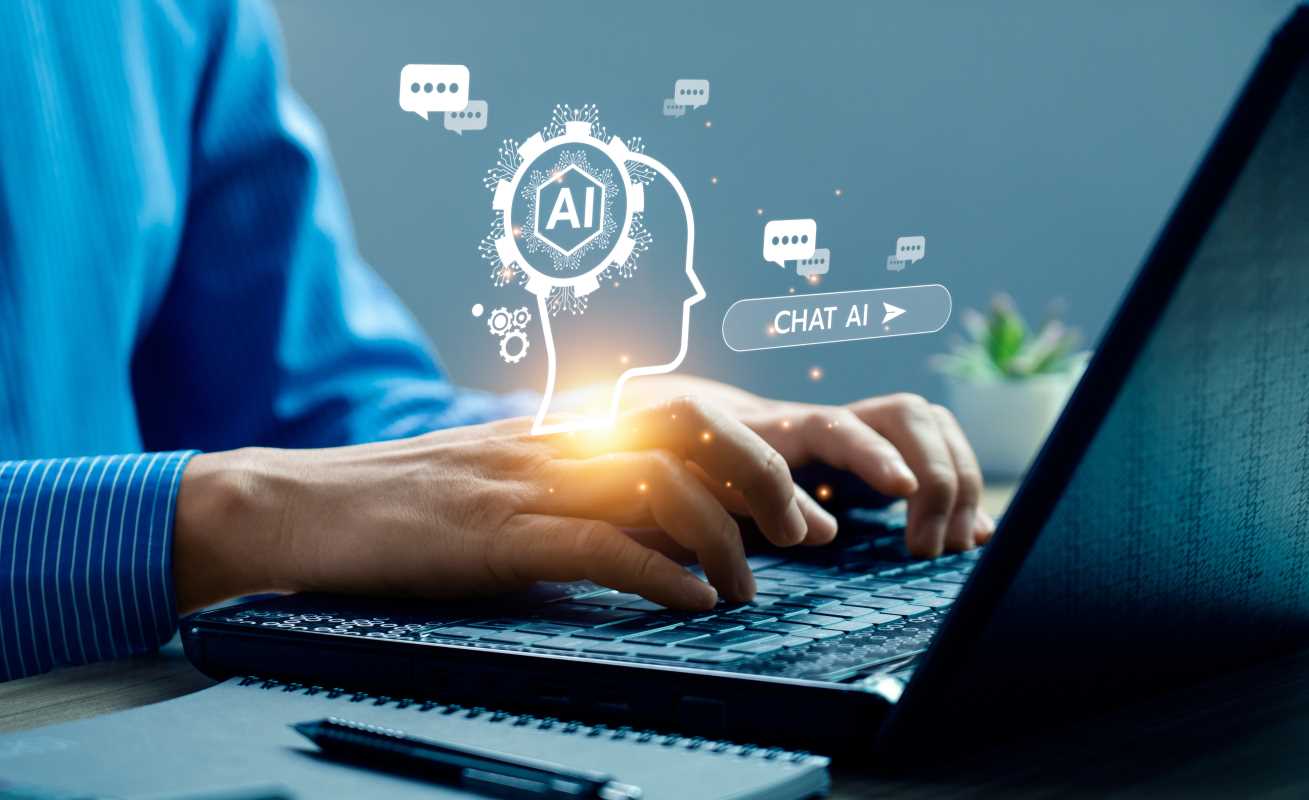Teams that use workflow automation in cloud-based DevOps environments discover smoother daily operations and greater efficiency. By automating repetitive tasks with AI, people can spend less time on manual processes and devote more attention to creative or critical work that drives projects forward. Automation tools simplify the way teams manage ongoing tasks and help speed up project timelines. As a result, organizations experience quicker responses to challenges, fewer delays, and a more streamlined approach to delivering high-quality results. Embracing these modern solutions allows team members to focus on what matters most while maintaining reliable, consistent performance across their projects.
Cloud environments gain from AI by adapting to evolving needs, reducing manual errors, and maintaining process consistency. The effort to simplify complex workflows and introduce innovative solutions into everyday work explains why improving automation is a smart move.
Understanding AI in Cloud-Based DevOps
AI in cloud-based DevOps uses machine learning and data analytics to improve decision-making in software development and system operations. This combination of cloud technology and smart algorithms helps uncover hidden patterns in workflows and find opportunities to simplify tasks without sacrificing control or accuracy.
Cloud-based systems benefit from smart algorithms that analyze operational data and forecast potential issues before they happen. This integration allows teams to work more in sync and stay organized while reducing the time spent on repetitive tasks.
7 Innovative Ways to Automate Workflow Using AI
Innovative approaches to AI-driven automation introduce practical tools that turn manual processes into seamless operations. These methods help teams manage and monitor tasks in environments that demand both agility and accuracy.
The following methods provide clear and practical ideas to boost efficiency across various stages of workflow management:
- Use predictive analytics to monitor system performance and identify issues before they escalate.
- Set up automated testing routines that run during software builds and deployments to ensure quality and speed.
- Employ advanced machine learning algorithms to optimize task allocation and scheduling.
- Integrate natural language processing to streamline communication across platforms, making it easier to manage tickets and user feedback.
- Implement continuous feedback loops that use AI insights to adjust workflows in near real-time.
- Automate routine security checks across cloud infrastructure to maintain a strong defense against threats.
- Develop custom scripts that automatically trigger scaling operations based on live usage data from your cloud environment.
Benefits of AI-Driven Workflow Automation
AI-driven workflow automation in cloud systems results in several positive outcomes. It creates an environment where teams handle repetitive tasks systematically, reducing errors and increasing confidence in system operations.
These automated processes often lead to tangible gains, such as shorter project cycles and improved system reliability. Organizations find that integrating AI tools makes daily operations smoother and reduces the need for manual oversight.
- Enhanced precision in task execution and system monitoring.
- Faster identification and resolution of issues.
- Better handling of peak loads through intelligent scaling mechanisms.
- Greater consistency in managing routine and complex tasks.
- More free time to focus on creative problem-solving and innovation.
Best Practices for Implementing AI Automation in DevOps
Start with a clear plan that identifies the repetitive and time-consuming tasks in your workflow. Focus on areas where automation genuinely adds value, ensuring that introducing AI tools aligns with operational goals. Create a roadmap with simple milestones to keep the implementation realistic and measurable.
Testing and refining your approach is also crucial. Conduct initial assessments and gather feedback to enable continuous improvement. Design a workflow that responds to real-world conditions and remains flexible enough to adapt to unexpected challenges, ensuring the setup stays resilient over time.
Potential Challenges and How to Overcome Them
Introducing AI in cloud-based DevOps can sometimes lead to challenges such as initial integration issues or resistance to changing established habits. New tools may require a learning curve, and teams need to adapt to evolving practices that differ from traditional manual operations.
To address these challenges, invest time in training sessions and launch pilot projects that allow users to experiment with new automation processes. Foster a culture of open dialogue where feedback is welcomed, and make adjustments based on insights from daily operations.
This guide offers clear ways to harness AI for smoother workflows and encourages reflection on current practices. Making routine tasks simpler and maintaining control over operations become achievable goals. Small changes can lead to significant improvements that make daily work life more enjoyable.
Use these ideas to build a consistent, responsive workplace and achieve more efficient, adaptable operations.
 (Image source: Midjourney)
(Image source: Midjourney) 





